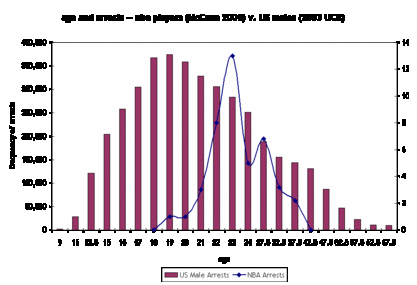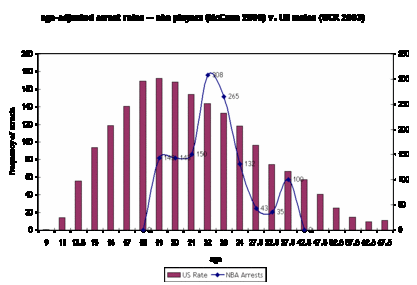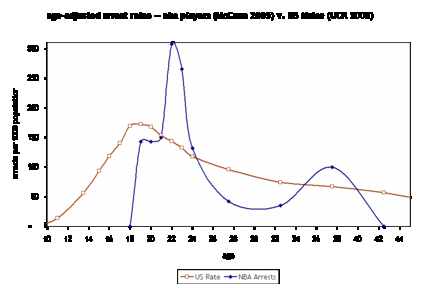 The big news at the closing of the World Criminology Congress was the Swedish Minister of Justice’s announcement of a new international award. The Stockholm Prize in Criminology will be awarded for outstanding achievements in criminological research or for the application of research results by practitioners for the reduction of crime and the advancement of human rights. I know that big awards can sometimes be divisive but I see this as a terrific development for the social scientific study of crime.
The big news at the closing of the World Criminology Congress was the Swedish Minister of Justice’s announcement of a new international award. The Stockholm Prize in Criminology will be awarded for outstanding achievements in criminological research or for the application of research results by practitioners for the reduction of crime and the advancement of human rights. I know that big awards can sometimes be divisive but I see this as a terrific development for the social scientific study of crime.
Each time I hear the Nobel announcements, I think an award for sociology or the study of social life more generally is long overdue. Seeing James Heckman awarded a Nobel Prize in economics for “development of theory and methods for analyzing selective samples” or Toni Morrison awarded a literature prize for her “visionary force and poetic import” makes me think of the contributions of sociologists worthy of similar recognition. So, who would you nominate for the new criminology prize? Or, for a (yet to be developed) sociology prize?



